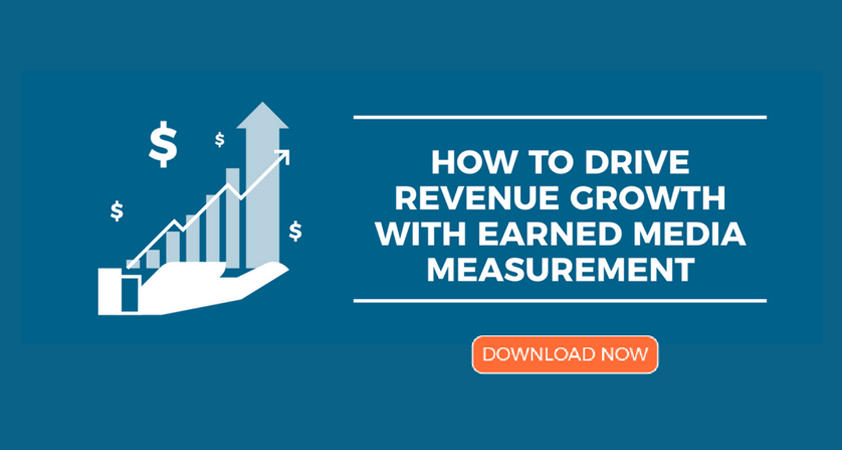How to create a powerful media relations strategy for 2018
Media relations is far from dead, Eulogy MD Lis Field argued in this week’s Cision webinar. In fact, it’s more important than ever.
While some might view the rise of influencer marketing as a threat to traditional PR and media relations, she said that it’s actually a huge advantage.
“All of a sudden, we have a much wider toolbox which we can dip into,” she said. “I’m really grateful to be working in this world now, given all the changes that have gone on.”
“If you can crack social media and influencers, it’s a win-win,” agreed David Frossman, head of media at W. “These influencers, in the influencer age that we live in, are a new media platform that we should integrate into our overall campaigns.”
This webinar, moderated by Cision’s Philip Smith, explored how the latest trends can help you create a media relations strategy that delivers results in 2018 and beyond.
Media relations is becoming influencer relations
The scope of media relations may be broadening, but Frossman and Field agreed the same core techniques still form the basis of every great PR strategy.
“Media relations just got broader,” said Frossman. “We need to apply the soft selling skills we have developed through a career of working with media influencers to the broader influencer environment and understand the nuances between working with journalists backed by media brands versus bloggers and vloggers.”
He argued that media relations professionals should be involved at the earliest stages of campaign planning and should own how assets are handled outside the social environment.
Communicators must know the whole media inside out
It goes without saying that a media relations professional should know the media inside out. But with that landscape becoming increasingly fragmented, keeping your finger on the pulse has never been tougher.
“It’s about investment on your side, and that means consuming lots of media and following journalists on social,” said Frossman. “[It means knowing] what makes them tick, understanding how their day operates, understanding when they have to go into conference.”
He added: “You can kind of of second guess when someone might be fishing around for stories, because it’s usually the day before they have to deliver something to their editor’s office.”
There’s no substitute for a personal relationship
Both experts agreed there’s no substitute for developing personal relationships with your media contacts. Showing journalists they can trust you is essential if your story is going to stand out from the thousands of others they receive.
“If you don’t know them personally, then why on Earth should they trust you?” asked Field. “They have a massive job to do and not enough time to do it.”
“What you’ve got to do, in a more practical sense, is sell the best thing you’ve got to make yourself seem more important,” added Frossman. “Use anything you can to get them out for coffee.”
Target coverage that contributes to business objectives
Field ended her presentation by warning PR professionals against targeting coverage for its own sake. To stay relevant, communicators must show that their work is raising awareness, safeguarding reputations and driving revenue for their clients.
“We don’t just think about whether we can get some media coverage, or whether we can get some cuttings for a client,” she explained. “It has to work to drive a business objective.”
She concluded: “If your client is demanding you simply double the number of cuttings for the next campaign, you really need to get new clients.”








